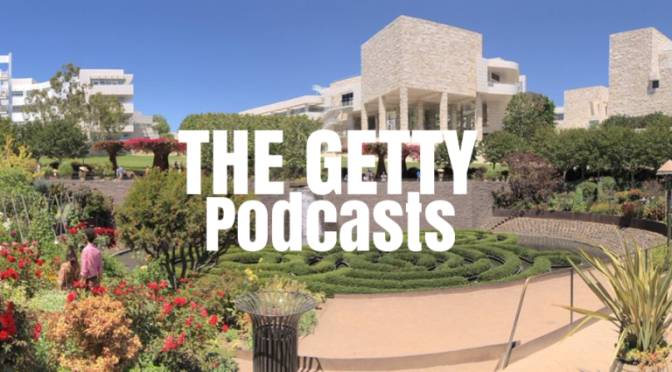May 11, 2022 – In this episode of Getty Art + Ideas, Getty photographs curator Paul Martineau discusses Imogen Cunningham’s trajectory, focusing on key artworks made throughout her life.
“When Cunningham passed away, I think in part her reputation was based on her personality, the fact that she had lived so long, the fact that she was full of witty quips, and she wouldn’t let anyone boss her around. But I think in some ways that eclipsed the work.”
Born in Portland, Oregon, in 1883, photographer Imogen Cunningham joined a correspondence course for photography as a high schooler after seeing a magazine ad. Over the course of her 70-year career, Cunningham stirred controversy with a nude portrait of her husband, photographed flowers while minding her young children in her garden, captured striking portraits of famous actors and writers for Vanity Fair, and provided insight into the life of nonagenarians when she herself was in her 90s. Although photography was a male-dominated field, Cunningham made a name for herself while also supporting the work of other women artists. Her long, varied career is the subject of the new exhibition Imogen Cunningham: A Retrospective at the Getty Center.






 In this two-part series, six US museum directors discuss the pandemic and its repercussions for their institutions. These candid, insightful conversations address wide-ranging topics, from the logistical challenges of when to close and how to reopen to philosophical exchanges about the role of museums in society.
In this two-part series, six US museum directors discuss the pandemic and its repercussions for their institutions. These candid, insightful conversations address wide-ranging topics, from the logistical challenges of when to close and how to reopen to philosophical exchanges about the role of museums in society.